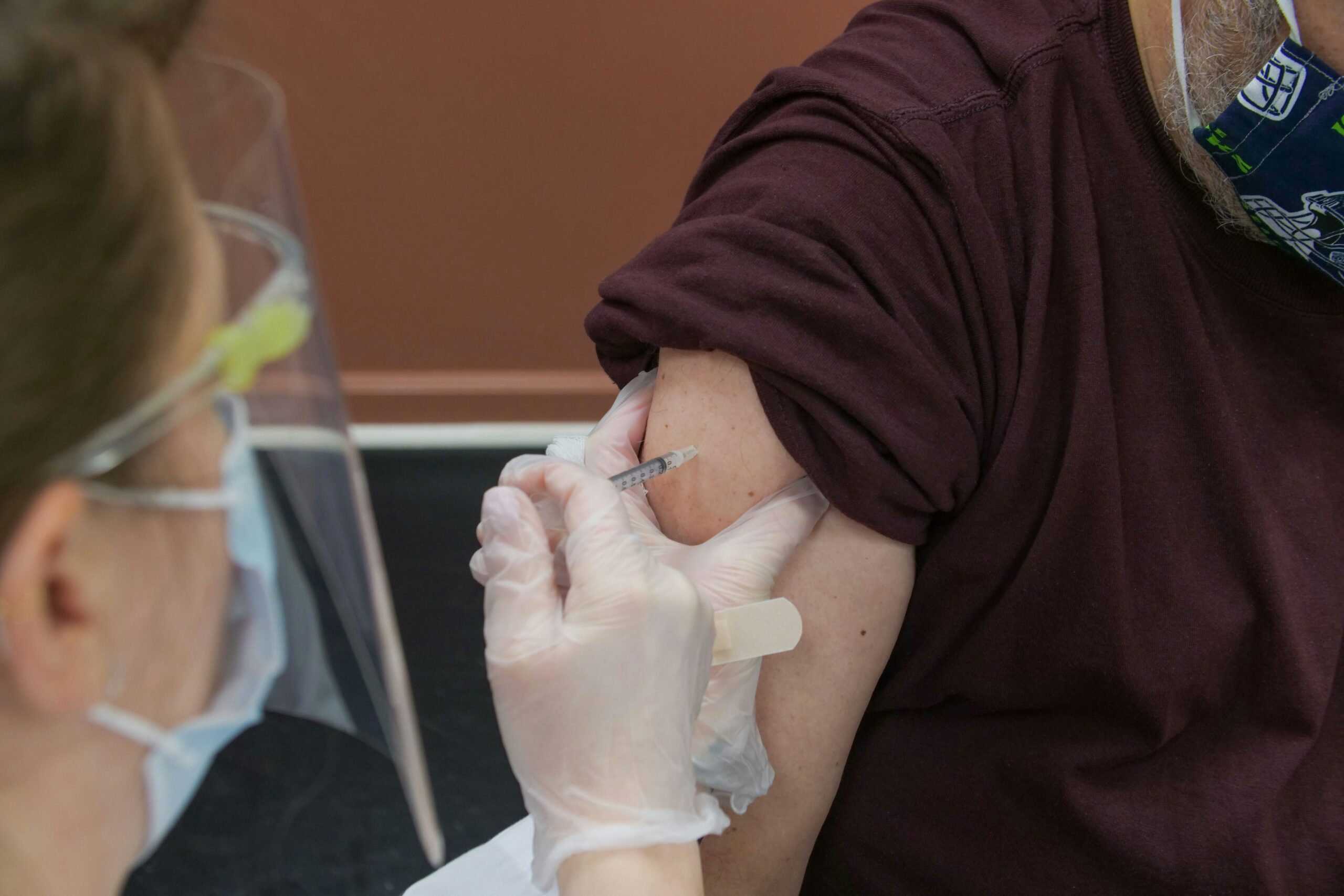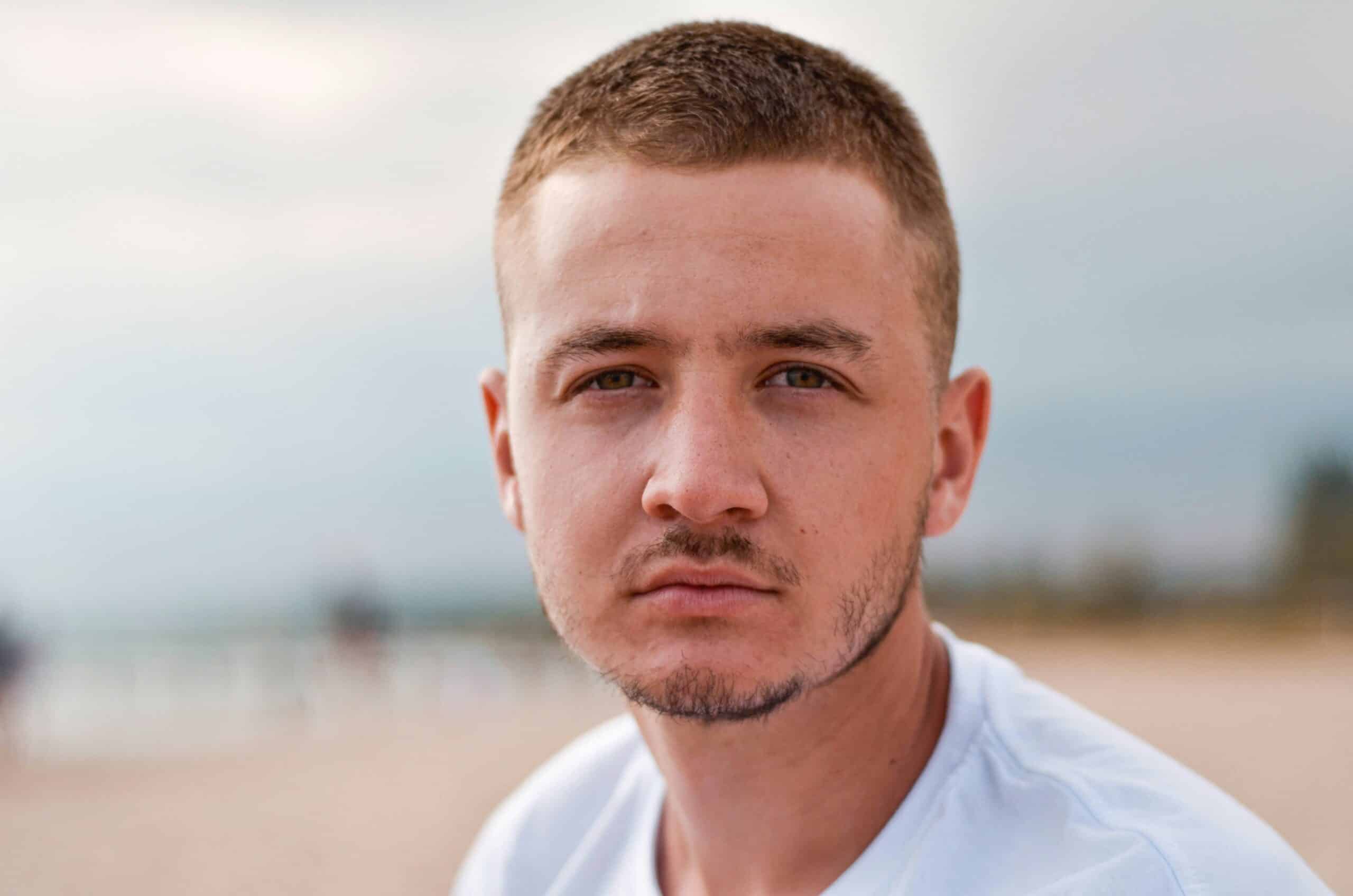Millennials are often polemically portrayed as being obsessed with technology and themselves. Born between the early 1980s and the first few years of the new millennium, they are frequently derided as immature and narcissistic. While this may be largely based on the clichés of older Americans and age-appropriate behavior, certain issues and attitudes of millennials—also known as “Generation Y”—are different from previous generations. Does that also mean they have a distinct pattern of substance use? If so, what does it look like? Millennials currently comprise the primary age bracket for substance use disorder, simply because of their age. Addiction is a disease that afflicts primarily young people between the ages of 15 and 35, and all those are millennials at the moment. Many addiction experts believe that the adolescent brain is particularly vulnerable to substance misuse because it is still developing. Without a fully developed prefrontal cortex—the reasoning part of the brain—adolescents are prone to excessive risk taking and less capable of judging long-term consequences correctly.
Are Millennials More Angst Ridden?
While previous generations went through the same developmental phase in their youth, millennial seem to have specific mental health issues not as prevalent with baby boomers (mid-1940s–mid-1960s) or members of Generation X (mid-1960s–early 1980s). Generation Y seems to struggle with anxiety disorders in previously unheard-of numbers. An estimated 40 million American adults suffer from some type of anxiety disorder in any given year. Many of them are millennials. In 2014, the American College Health Association found more than 50 percent of students had felt “overwhelming anxiety” in the previous 12 months. We should be concerned about these statistics because a strong correlation exists between anxiety and substance use. According to the Anxiety and Depression Association of America, about 20 percent of Americans with an anxiety or mood disorder such as depression have an alcohol or other substance use disorder, and about 20 percent of those with an alcohol or substance use disorder also have an anxiety or mood disorder.
Are Millennials Over Medicated?
Many millennials are accustomed to medicating mental health issues because they have also been diagnosed with attention deficit hyperactivity disorder (ADHD) in escalating numbers. ADHD was first included in the Diagnostic and Statistical Manual of Mental Disorders in 1987 (when Millennials were entering pre-school) and has been “increasingly diagnosed over recent decades,” writes Casey Schwartz in the New York Times. The ADHD medication Adderall is now widely available and frequently misused. In his book ADHD Nation, author Alan Schwarz points out that, “At the current rate, in 2017, half a million American children will be taken to their doctors and be newly diagnosed with attention deficit hyperactivity disorder. Many of them will receive thoughtful and reasonable evaluations and benefit from medication. Another sizeable number will be seen by casual clinicians who either bypass the child’s real problems or give in to his frustrated parents and teachers. Some of the adolescents will be faking ADHD just to get Adderall for themselves or others.” Many millennials are also self-medicating anxiety issues with marijuana. Most of them believe little risk is involved in using cannabis, but many physicians believe marijuana use is especially problematic for teenagers and young adults. Krista Lisdahl is the director of the Brain Imaging and Neuropsychology Lab at the University of Wisconsin. She told NPR that it is a mistake for teenagers to use cannabis. “It’s the absolute worst time because the mind-altering drug can disrupt development. Think of the teen years as the last golden opportunity to make the brain as healthy and smart as possible.” Studies show that regular marijuana use can change the structure of the teenage brain, specifically in areas dealing with memory and problem-solving.
Prescription Opioids & Millennials
Millennials also grew up at a time when the United States became inundated with prescription opioid pain relievers, another difference from previous generations. Between 1991 and 2011, prescriptions for painkillers in the US tripled from 76 million to 219 million per year. In 2015 more than 52,000 Americans died of drug overdoses, according to the Centers for Disease Control and Prevention. Nearly two-thirds of these fatalities were from opioids, including prescription painkillers and heroin. This crisis is now so severe that it is affecting all age groups and social strata. In 2015, the age-adjusted rate of drug overdose deaths was more than 2.5 times the rate in 1999. The age groups showing the highest rate of illicit drug use range from 16 to 34, which coincide with the millennial generation. They are people who grew up when many of their peers were prescribed potent drugs for a number of mental health conditions, while many Americans, in general, were prescribed opioids for a plethora of pain conditions. This excessive prescription of habit-forming drugs is largely responsible for the current addiction crisis in America. Many of these drugs are misused and diverted, i.e., used illicitly by people who don’t have prescriptions for them. Addiction treatment needs to address the underlying reasons for the substance use comprehensively. Treatment should include therapies to mitigate stress, anxiety, depression, and pain that avoid the use of habit-forming medications. Recovery from addiction must be more than simply giving up substance use. Treatment must also attempt to recover the authentic self of the addicted person. Dr. Philip Hemphill is the chief clinical officer of Lakeview Health. “At Lakeview, we address all aspects of a patient’s life, not just the addiction,” he says. “People need to fashion a better identity for themselves; they need to change how they live their lives and who they believe they are.”




